Dirty Dots as a Normal Trichoscopic Finding in the Elderly Scalp
April 2016
in “JAMA Dermatology”
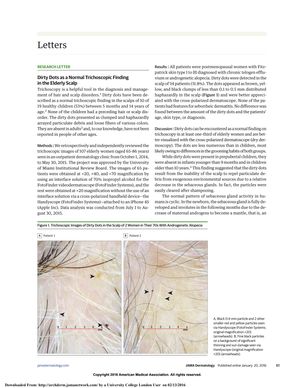
TLDR Dirty dots are a common scalp finding in elderly women and can be washed away with shampoo.
The study, conducted between October 1, 2014, and May 30, 2015, retrospectively reviewed trichoscopic images of 107 elderly women aged 65-86 years diagnosed with chronic telogen effluvium or androgenetic alopecia. It found that "dirty dots," which are clumps of particulate debris and loose fibers, were present in the scalps of 34 patients (31.8%). These dots, which were brown, yellow, and black and measured less than 0.1 to 0.5 mm, were better visualized with a cross-polarized dermatoscope. The study concluded that dirty dots are a normal trichoscopic finding in at least one-third of elderly women and are not related to the patients' age, skin type, or diagnosis. The presence of dirty dots is likely due to the involution of sebaceous glands with age, as they were absent in patients with seborrheic dermatitis and are easily cleared with shampooing. The study emphasizes the importance of distinguishing dirty dots from other trichoscopic findings such as black dots, which are remnants of hair shafts and cannot be removed mechanically, and hair dye deposits, which are more diffuse and cannot be removed with shampooing.
View this study on jamanetwork.com →
Cited in this study
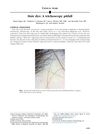
research Hair dye: A trichoscopy pitfall
Hair dye can make it hard to diagnose scalp conditions correctly.
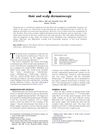
research Hair and scalp dermatoscopy
Dermatoscopy is useful for identifying different hair and scalp conditions and can reduce the need for biopsies.
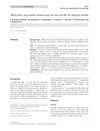
research ‘Black dots’ seen under trichoscopy are not specific for alopecia areata
Black dots under trichoscopy can appear in different hair and scalp conditions, not just in alopecia areata.
Related
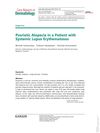
research Psoriatic Alopecia in a Patient with Systemic Lupus Erythematosus
A woman with lupus improved significantly from scalp hair loss after treatment, highlighting the need to identify psoriatic alopecia in lupus patients to avoid permanent hair loss.